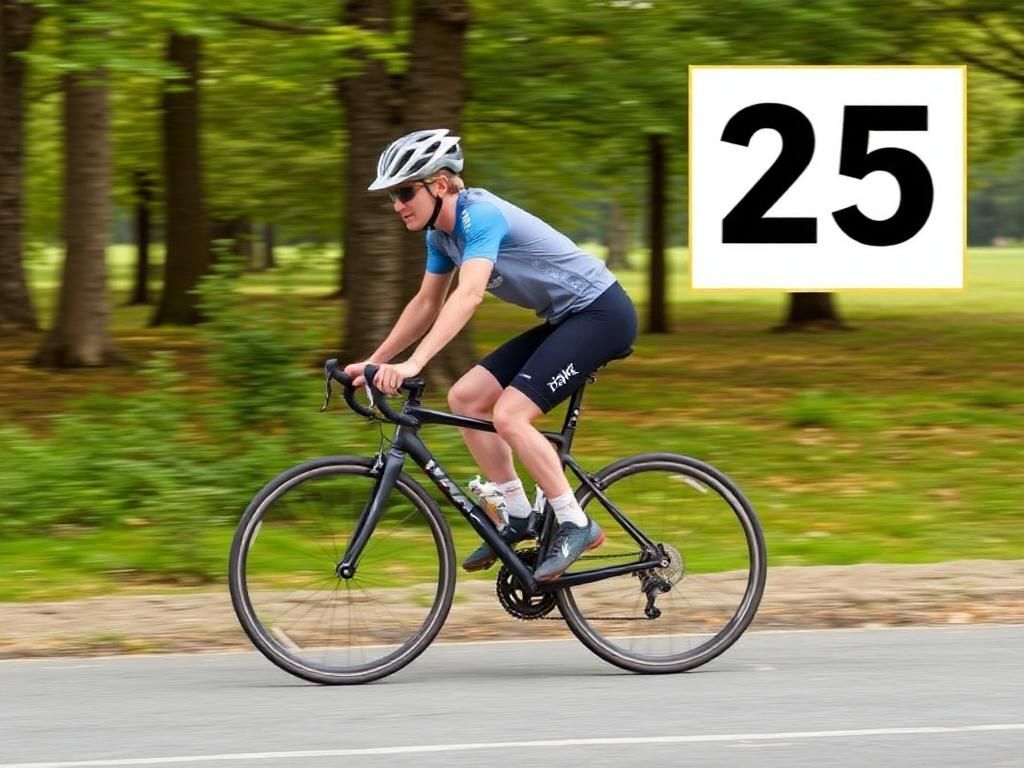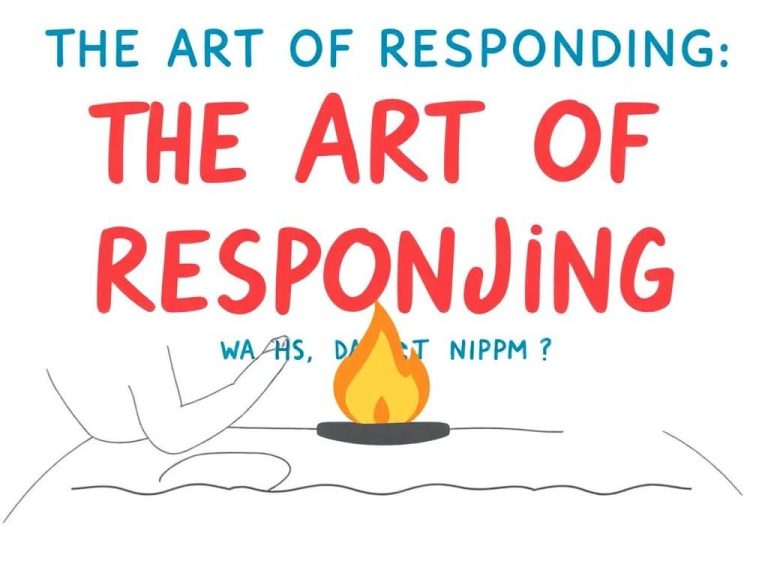Cycling has emerged as a beloved activity for many, offering exercise, exploration, and a fantastic way to enjoy the outdoors. Whether you’re commuting to work, embarking on a weekend adventure, or training for a cycling event, understanding how long it takes to bike a distance is vital for planning your ride effectively. This article specifically explores the question: how long to bike 25 miles? Factors such as your skill level, terrain, bike type, and weather conditions can significantly influence your biking time.
Factors Influencing Biking Time
Cyclist’s Skill Level
A rider’s experience plays a crucial role in determining how long it will take to bike any distance. Understanding different skill levels can help set realistic expectations.
Beginner: If you are new to cycling, you might average between 10-12 mph. This means it might take you around 2-2.5 hours to complete 25 miles.
Intermediate: Riders with moderate experience typically bike at 12-16 mph. An intermediate cyclist could finish the 25-mile ride in about 1.5-2 hours.
Advanced: Experienced cyclists can maintain speeds of 16-20 mph easily. They can typically finish a 25-mile ride in approximately 1.25-1.5 hours.
Terrain Type
The type of terrain can dramatically affect your biking performance.
Flat Terrain vs. Hilly Terrain: Biking on flat roads is generally faster and more efficient than navigating hills, which can slow you down.
Urban vs. Rural Environments: Cycling in urban areas may mean dealing with traffic, stop signs, and lights, which can add time to your ride. In contrast, rural roads often have fewer interruptions.
Bicycle Type
The bike you choose can also impact your speed significantly.
Road Bike: Designed for speed and distance, road bikes are lightweight and efficient, making them ideal for long-distance rides.
Mountain Bike: Built for rough terrain, mountain bikes are heavier and slower on paved surfaces, which affects overall biking time.
Hybrid Bike: A compromise between road and mountain bikes, hybrid bikes can be versatile but may not reach the speeds a road bike can achieve.
Weather Conditions
The elements also play a pivotal role in your cycling experience.
Wind Resistance: Riding against strong winds can slow you down dramatically, so consider checking weather forecasts before your ride.
Rain and Slippery Conditions: Bad weather can lead to slower speeds as it’s essential to be cautious on slick roads.
Temperature Effects on Performance: Extreme heat or cold can impact your endurance. Staying hydrated is even more critical in hot weather, while layering can help keep you warm during colder rides.
Average Cycling Speeds
General Speed Range for Different Cyclists
Now that you understand the influential factors, let’s look at the average speeds for different skill levels.
| **Skill Level** | **Average Speed (mph)** | **Time to Bike 25 Miles** |
|——————-|———————–|—————————–|
| Beginner | 10-12 | 2-2.5 hours |
| Intermediate | 12-16 | 1.5-2 hours |
| Advanced | 16-20 | 1.25-1.5 hours |
Calculating Time Based on Speed
To estimate your biking time, you can use the formula:
Time = Distance / Speed
For example, an intermediate cyclist traveling at 14 mph would take:
– Time = 25 miles / 14 mph = approximately 1.79 hours (or about 1 hour and 47 minutes).
Estimating Time to Bike 25 Miles
Time Estimates Based on Skill Level
Knowing your skill level helps in estimating the time required for biking 25 miles accurately.
– Beginners: Expect approximately 2-2.5 hours.
– Intermediate: Plan on approximately 1.5-2 hours.
– Advanced: Aiming for around 1.25-1.5 hours would be realistic.
Considerations for Breaks and Stops
Be mindful of the need for breaks during your ride.
Importance of Hydration and Nutrition Breaks: Staying hydrated and fueled can help maintain your energy levels, impacting your overall riding duration.
Impact of Traffic Lights and Stop Signs: If your route has numerous stops, budget extra time for these interruptions.
Suggested Breaks and Their Durations: It’s wise to plan for 5-10 minute breaks every hour, depending on your comfort and energy needs.
Training Tips for Faster Riding
Improving Endurance
To enhance your riding speed and stamina, endurance training is vital.
Suggested Workouts: Incorporate long-distance rides into your routine to build stamina and improve your pace over time.
Strengthening Techniques
Strength training can help improve speed.
Interval Training: Short bursts of intense cycling followed by rest can condition your body for faster rides.
Hill Climbs: Training on hills increases muscle strength, aiding your overall performance on flat terrain.
Nutrition and Hydration
Proper nutrition supports your ride.
Pre-ride Snacks: Eating complex carbohydrates like oatmeal or bananas can provide lasting energy.
On-the-go Hydration: Carrying a water bottle is essential, especially during warmer conditions.
Practical Scenarios: Planning Your Ride
Recreational Cycling
When cycling for fun, the journey matters more than speed.
Enjoying the Journey vs. Racing Against the Clock: Allow yourself to take in the scenery, pause for photos, or explore new routes.
Commuting
Managing your time while biking to work is essential.
Time Management for Daily Rides: Consider how traffic patterns affect your commuting time and adjust your route accordingly.
Avoiding Peak Traffic Hours for a Smoother Ride: Riding during off-peak times can lead to a more pleasant biking experience.
Event Preparation
If you’re gearing up for a cycling event, preparation is key.
Training Schedules for Cycling Events (e.g., Charity Rides): Having a clear training plan can set you up for success.
Importance of Practice Rides Leading Up to the Event: Practicing longer rides and simulating event conditions can boost your confidence and performance.
Conclusion
As we’ve uncovered, the question of how long to bike 25 miles is influenced by multiple factors, from skill level and terrain to bike type and weather conditions. It’s essential to remember that cycling is as much about the experience as it is about speed; every ride is an opportunity to enjoy the journey and develop your abilities. Track your progress and see how your performance improves over time, encouraging yourself to embrace every mile.
Additional Resources
Explore these helpful resources to enhance your cycling experience:
– Check out [BikeRadar](https://www.bikeradar.com/) for the latest biking news and reviews.
– Explore [Strava](https://www.strava.com/) for tracking your rides and connecting with other cyclists.
– Look into recommended readings on biking techniques and endurance training.
FAQs
1. What is the average time to bike 25 miles?
The time varies but generally ranges from 1.25 to 2.5 hours based on skill level and conditions.
2. How do I improve my biking speed?
Focus on endurance training, interval workouts, and proper nutrition.
3. Should I consider weather before a ride?
Absolutely. Weather can significantly affect your speed and comfort.
4. What type of bike is best for long distances?
Road bikes are typically the best choice for speed on long distances.
5. How can I prevent fatigue during long rides?
Stay hydrated, take regular breaks, and fuel your body with appropriate snacks.
6. Does terrain really affect riding time?
Yes, hilly terrains can slow you down compared to flat surfaces.
7. Can I train for speed without long rides?
Yes, interval and strength training can enhance overall performance.
8. How important is bike maintenance for performance?
Regular maintenance ensures your bike functions optimally, impacting your speed and safety.
9. Are there apps that help track cycling progress?
Yes, apps like Strava and MapMyRide are great for tracking distance and performance.
10. What’s a good pre-ride meal?
Foods rich in carbs, like bananas or oatmeal, are excellent for sustaining energy during rides.



